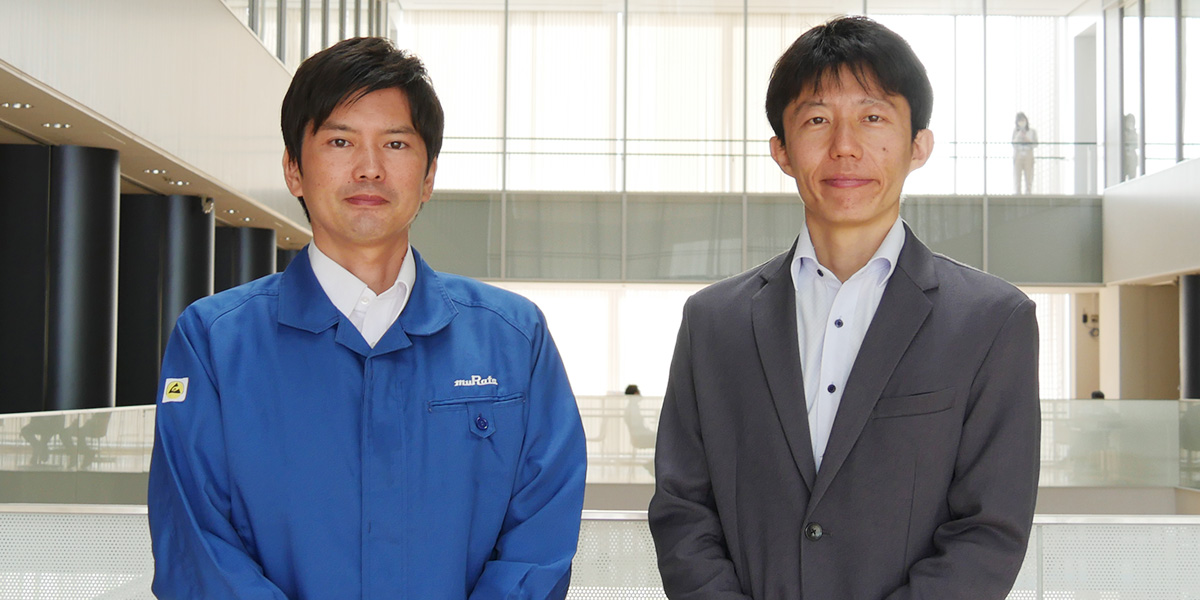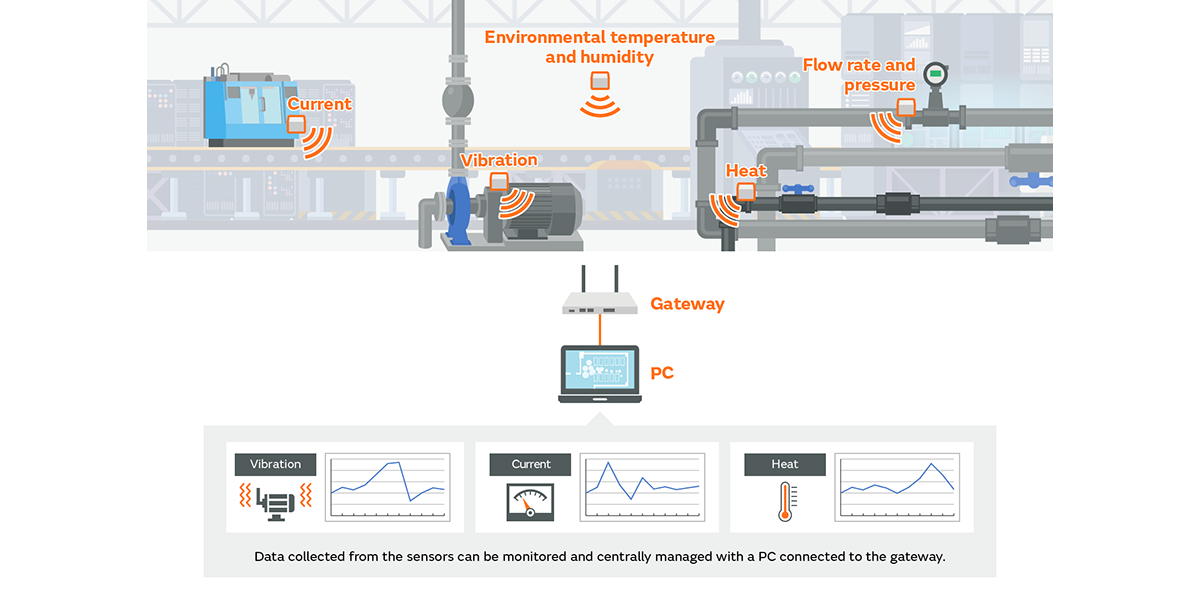DX×Murata: The future of manufacturing that is evolving through DX
Digital Transformation Viewed From the Challenge of Business Model Reform
Murata has set the creation of a new business model as a medium-term policy and is tackling the challenge of pioneering new territories that offer a wide variety of solutions including software and services. In this article, Mr. Horibe, who is involved in solution development, and Mr. Higuchi, who supports problem-solving from a data science perspective, introduce the topic of business model reform through digital transformation (DX) based on an example of cooperation in wireless sensing solutions using wireless sensor networks (WSN).
Creating new business models and strengthening the business foundation
--First, please explain the new business model that Murata is working on.
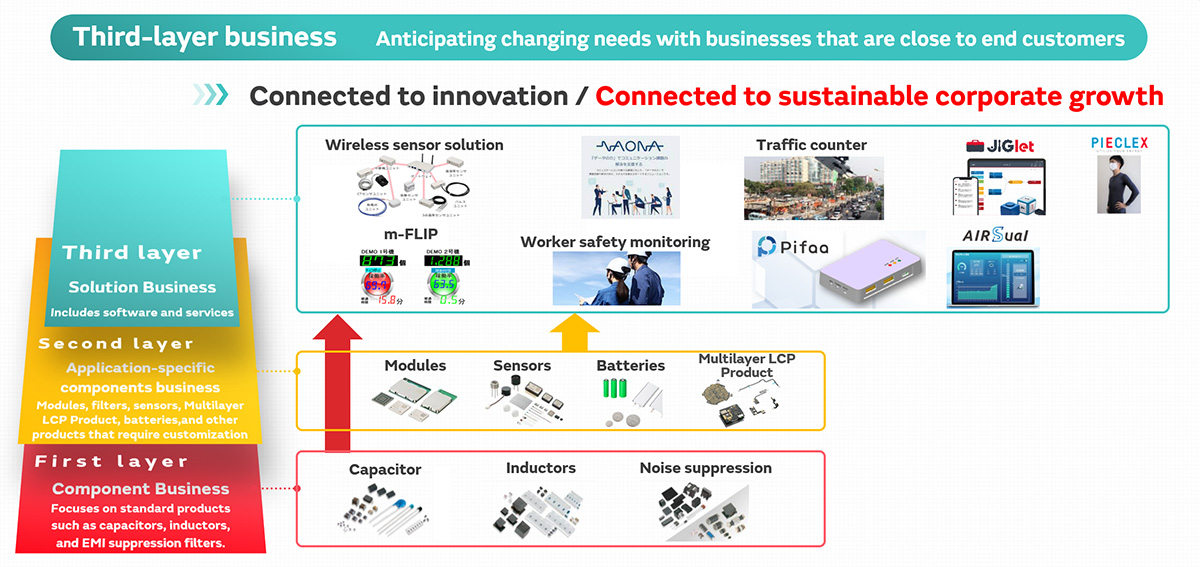
Horibe: “At Murata, the Component Business consisting of capacitors and inductors, etc. is positioned as the first layer with the modules and sensors, etc. of the Application-specific components business as the second layer. Furthermore, we are defining the Solution Business as a new business model, which includes software and services, as the third layer.
As market competition and technological improvements accelerate within the existing first and second layers, the aim of the third layer is to create a new business model which anticipates the future and strengthens the business foundation. Specifically, our goal is to reach a business scale of about 100 billion yen by 2030.”
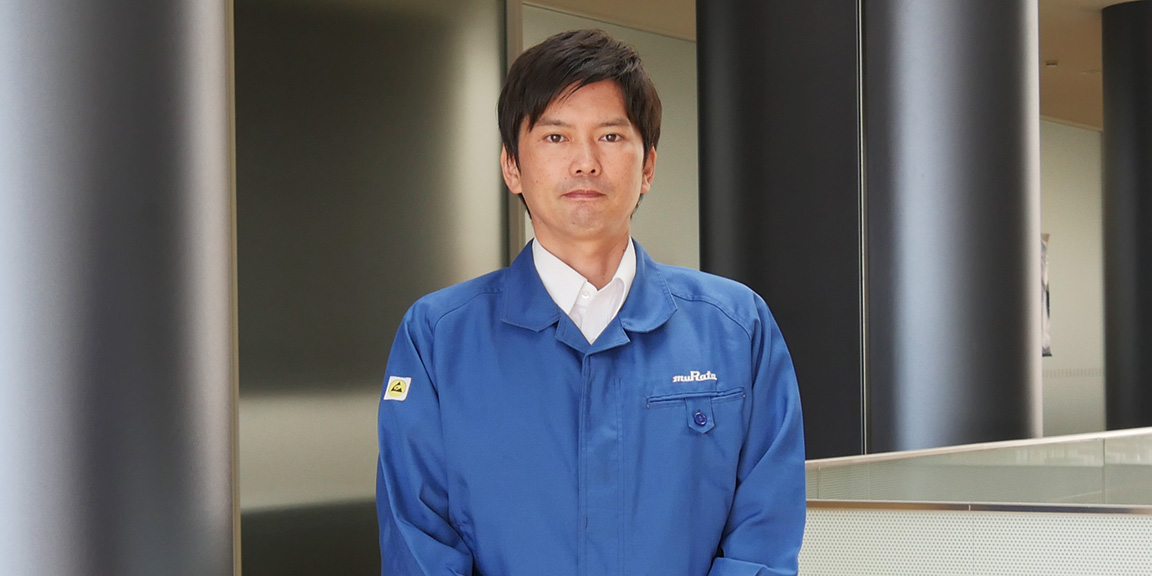
--Specifically, what kinds of solutions are you offering?
Horibe: “Beginning with solutions that realize productivity improvements and operational efficiency in the manufacturing industry, our solutions span various categories such as a worker safety monitoring system that visualizes safety with helmet-mounted sensor devices and masks that produce an antimicrobial effect with electrical energy, and we are stepping from the existing B-to-B space and venturing into B to C as well.
What the third-layer businesses have in common is that they are developed from a position that is closer to end users and they can quickly perceive changing needs. They feed the changing needs back into the first and second layers, which leads to sustainable growth at each layer. We believe that this is an extremely important point in developing the third-layer businesses.”
--Are there any categories that you will focus on going forward?
Horibe: “Currently, the Wireless Sensing Solution (WSN) is promising, but we think that a high degree of freedom that is not limited by category is a characteristic feature of the third layer. If I were to suggest a common category key phrase, it might be ‘solving social issues.’ These categories naturally watch over the safety of workers as well as children and support the elderly according to the aging society or they contribute to CO2 and food loss reduction from an SDG perspective. Contributing to the solution of social issues such as these is the base of the third layer.”
Supporting problem-solving that utilizes data science
--As the third-layer businesses are being promoted, what kinds of initiatives are you implementing in the Information System Group?
Higuchi: “In the group that I belong to, which is the Digital Promotion Department within the Information System Group, we are providing support for business problem-solving that utilizes data science to various business units within the company as a unit that specializes in data analysis. Specifically, we are providing technical support for data analysis-related theme development and advanced analysis, conducting data science human resource development and education, and promoting company-wide data science activities. Moreover, we are also providing support for the introduction of data management to ensure data quality while supporting the construction and maintenance of a data utilization platform for carrying out data analysis.”
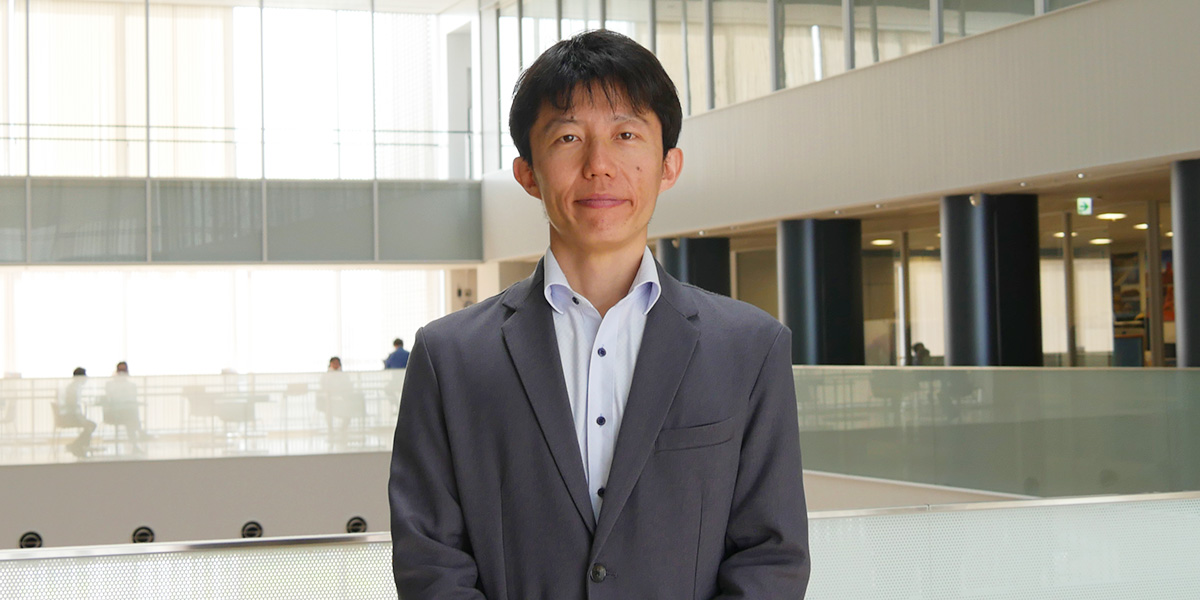
--So the department’s work is centered around both data analysis support for internal users and the development of solutions for external customers.
Higuchi: “Yes, that’s right. In terms of the ratios, data analysis support aimed at internal users for the purpose of improving the defect rate and quality, etc. is about 80%, and we are also involved in new businesses such as those in third layer. The creation of new business models has been set forth as Murata’s long-term vision, and contributing to solving social issues has been established as part of Murata’s material issues, so we hope to rapidly increase our involvement in the third layer. The WSN was the first instance of cooperation with Horibe’s department, but we hope to pursue the creation of new forms of value through interdepartmental and external co-creation in addition to providing support for individual projects such as this going forward.”
WSN issues arising during the sales promotion phase present new opportunities
--Please tell us how cooperation on the WSN started.
Horibe: “The introduction of WSN to customers is proceeding smoothly, and we are expanding the lineup for different purposes to include components such as vibration sensors for predictive maintenance and current sensors that aid in energy conservation, so the solution is now in the sales promotion phase. While data visualization has been achieved in the midst of these developments, new issues have arisen such as the question of where to set outliers and cases where a normal result is misjudged as an anomaly, etc. Even though we had been studying machine learning on our own, we sensed the limitations of our skills and resources and requested the support of the Information System Group’s Digital Promotion Department.”

Higuchi: “At the time when we received the request, the problem was that although they had experience with diagnosing anomalies in vibration data, they did not know whether it was even possible to diagnose anomalies in current data. Because anomaly data could not be collected in advance, they were unable to design the appropriate algorithm. Therefore, we decided through repeated meetings with Horibe’s department to proceed in three steps.”

--Please describe the specific steps together with the key points.
Higuchi: “First, we created many features from the current data, verified that it was truly possible to diagnose anomalies, and quickly obtained a rough technical estimation by using open data with both normal and anomalous data. Next, we built an algorithm that diagnoses anomalies. Because we faced the difficulty of being unable to obtain anomaly data in advance, we started operating with a diagnostic model that was trained only on normal data and took the approach of gradually increasing the accuracy by subsequently training it in a sequential manner. I think that it is an example where we were able to derive an effective solution by getting into the operational procedure and discussing it even if we were unable to solve the problem with technology alone. The final step involved validating the algorithm using real data, and we are performing a demonstration test using actual equipment right now.”
Strength to be able to realize everything from data analysis to demonstration testing in an integrated manner
--Are there any aspects in which Murata’s unique strengths were utilized through cooperation?
Higuchi: “When it comes to software and hardware cooperative design this might be an overstatement, but I think that Murata’s unique strength is its ability to increase the level of completion as a system including operation and make a proposal to the customer. Moreover, we can increase the accuracy of the algorithm, because we can perform demonstration tests and obtain data at our own plants. I think that the ability to do everything from data analysis to demonstration testing in an integrated manner and accumulate knowledge and know-how leads to an increase in sustainable competitiveness.”
Horibe: “Compared to making a request outside of the company, I think that the speed of development was fast due to the ability to communicate smoothly, and we were able to keep the development costs down.”
Higuchi: “I think that the fact that the IoT Business Promotion Department staff were determined to independently solve problems, try to understand things on their own, and try things out were factors behind the smooth project execution. Independence is an important point in promoting DX. We are involved in many data analysis projects both internally and externally, and I think that when there is a person implementing DX with a strong desire, there is a tendency for the project to accelerate as a result of that passion spreading to others.”
Successful small starts create opportunities to involve others
--What are your thoughts on the key points of DX?
Horibe: “The key points are purpose, means, and state of mind. If any of these three points are missing, then I think that DX will not move forward. The strong desire and passion that Higuchi mentioned are linked to the state of mind that is based on people’s ability to take responsibility for their own work and their spirit of challenge. Furthermore, knowing about the existence of various solutions and tools out in the world, clarifying your objectives before starting, and verifying along the way that the means have not become the ends are also key points. I think it is important to have a perspective whereby these three key points are viewed in a comprehensive way.”

Higuchi: “In addition to independence, small starts and small successes are also important points. If you suddenly set a huge goal, it may take time to achieve and can be exhausting. Confidence is born from accumulating minor successful experiences with small starts and that creates opportunities to involve others. On the off chance that it does not go well, you can minimize the time and cost spent and change course.
In addition, although it is the digital domain, it is up to people to execute. I think it is important to value the perspective of considering how people will change and how to nurture them. I hope that the number of people with a strong desire to try things out themselves and change things to see what happens increases.”
